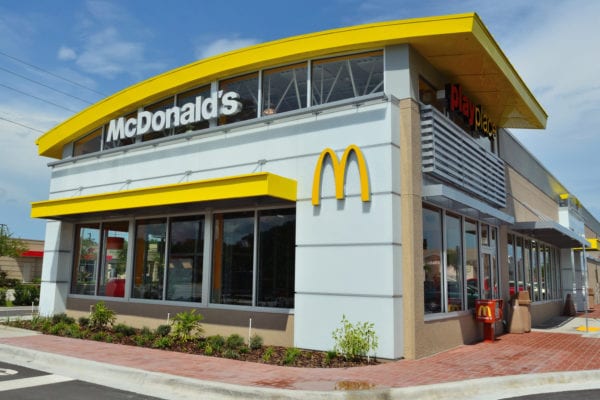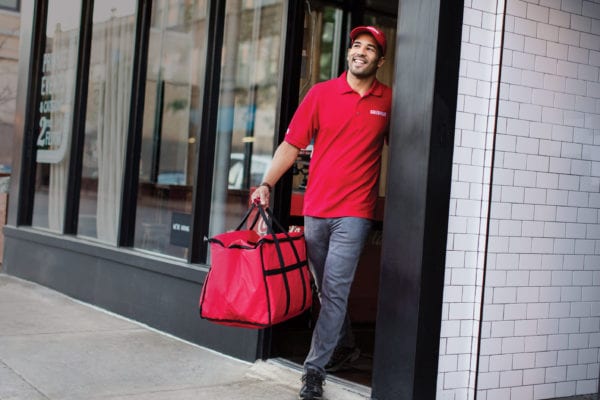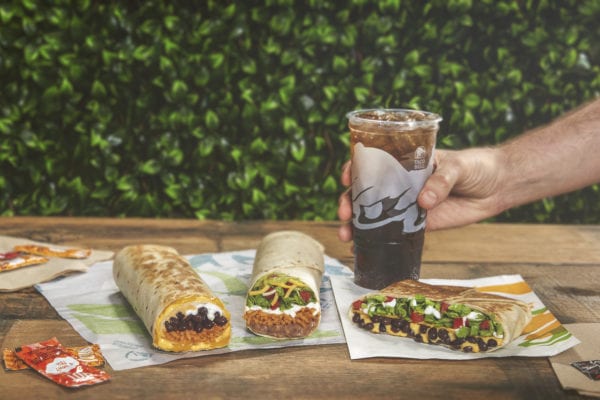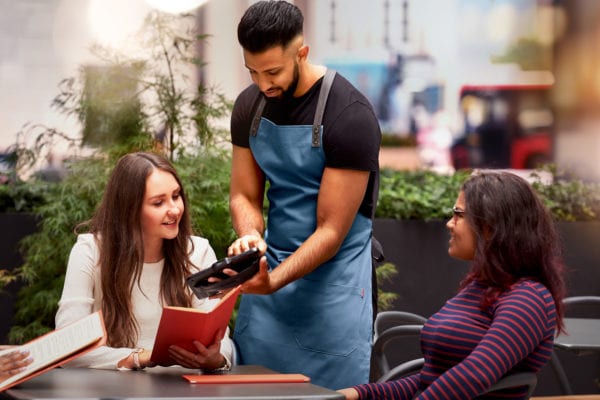Skift Take
You can't judge the success of a delivery app by simply counting the number of users who open the app.
— Kristen Hawley
DELIVERY
Comparing Apples to Oranges, or: UberEats to Everyone Else
A slightly misleading headline from Eater recently extolled UberEats, comparing the service with other top mobile-order delivery companies GrubHub, Caviar, and DoorDash. Instead of comparing the number of orders delivered (or total dollar amount spent, or any other metric touting actual orders), the comparison of monthly active users (MAUs) refers to unique people who opened the mobile app any time during one month. This is standard practice in the tech world, and a good way to measure engagement with a content app like Twitter, or a product like Evernote. This is less accurate, though, when determining the popularity of a delivery service. While the article itself notes the metrics by which they compare, this comparison is not the best way to determine who rules the market.
Uber is a privately-held company and can keep its metrics close. GrubHub, as a publicly traded company, offers more insight into its business. Specifically: more than 60 percent of Grubhub/Seamless orders are placed through mobile devices. Using the data provided to Eater, we estimate Grubhub’s combined desktop plus app MAUs at closer to 5.9 million. Grubhub also releases its quarterly active diner numbers. In Q1 2017, 8.75 million people ordered from Grubhub, a monthly average of 2.9 million people. By this logic, at least half of the reported monthly active users don’t actually place a food order. Applying this formula to the reported UberEats numbers nets about 4.3 million active diners per month. (Uber did release a website for order placement, but this wasn’t released until Q2 of this year, so does not apply here.) This math includes some assumptions, and I don’t purport them to be these companies’ actual numbers.
UberEats, which does not release numbers, does tout 40,000 restaurant partners in 71 cities — 37 of them in the US — to GrubHub’s 50,000 US restaurants in 1,100 cities. According to a Grubhub spokesperson, “Our more than 324,600 orders per day is more volume than anyone else sending orders to restaurants.” (The spokesperson did not clarify the identity of “anyone else.”)
This is anecdotal evidence at best, but illustrates that comparing food delivery companies, especially publicly-traded vs. privately-held delivery companies, is tricky business. Determining the performance of a company’s app does not translate into tracking the actual business of food delivery. So, sure: comparing unique app opens may be the only way to judge apples to apples. The open rate of an app says something about its marketing, its messaging, its rate of adoption — but in this case does not prove its success.
MORE DELIVERY
David Chang on the Challenges of the Business
Speaking of the challenges of delivery, fresh off of Maple’s closure last week, early investor and collaborator David Chang is interviewed by The Ringer, where he talks about many of delivery’s challenges, from what not to deliver (fish) to paying a living wage (it’s complicated). The business of restaurants is established. It changes and evolves and adapts to the current landscape, but it’s established.
The business of delivery, though, is different. It’s growing, changing, morphing into something different entirely. So it’s easy to think a restaurateur as successful as Chang would have it figured out. Instead, he’s vocal about what he doesn’t know: how to delivery great food at a fair price for chef, delivery person, and diner; whether it’s better to hire and maintain a delivery staff (the Maple model) or partner with an existing service (Chang’s Ando uses UberEats). “It’s an extraordinarily difficult business that someone is going to win, and it’s something that I’m really fascinated by. It seems like almost every place delivers food that’s not meant for delivery,” he says. There’s a reason that pizza rules the delivery game, he says — because it’s the perfect delivery dish.
HUH
“Shazam for Food” Is Real
Microsoft was recently granted a patent for glasses that track when and what you eat. If this sounds like a ridiculous Hollywood script, it’s because it is — “Shazaam for food” was parodied on a recent episode of HBO’s “Silicon Valley.” (In fact, a few real-life investors went on the record saying the idea could be fund-able in real life a day before the real patent was awarded.) It “includes mixed-reality glasses that can monitor sight, sound, location, temperature, and motion. These sensors help the glasses identify food in front of the wearer and analyze its nutritional content.” It could also help the wearer steer clear of allergens, certain ingredients, or high-calorie foods. Of course, a patent does not equal a product, but still, ha.
Digestifs:
- The true history of the paella emoji (unsurprisingly, it involves Jose Andres) — Food & Wine
- The Los Angeles restaurant scene: so hot right now — NYTimes
- Chicago’s iconic Portillo’s now delivers its hot dogs. Peak delivery? — Eater Chicago




